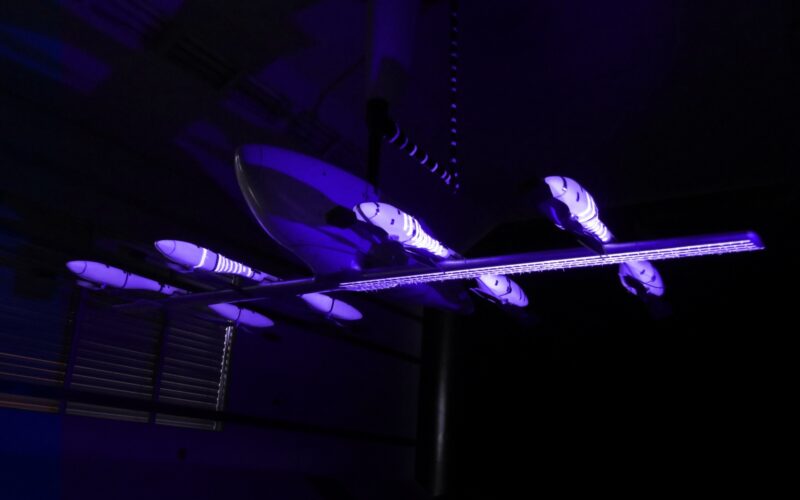Eve Air Mobility are celebrating an important milestone as the electric vertical take-off and landing (eVTOL) firm work towards a 2026 release date.
According to Eve, a subsidiary of Brazilian aerospace manufacturer Embraer, the company recently completed wind tunnel testing of its eVTOL.
In an update released on May 15, 2023, Eve said testing was conducted at Lucerne, Switzerland, using a scale model of the eVTOL.
Wind tunnel testing is considered a crucial part of modern-day aircraft development, allowing engineers/scientists to gather valuable data on the flow of air over and around the vehicle and its individual parts.
It is also used to measure the aerodynamic forces and moments acting on the vehicle, allowing the team to evaluate the vehicle’s lift, efficiency, flying qualities and performance.
“The completion of wind tunnel testing is an important engineering milestone as we continue the development of our eVTOL,” said Luiz Valentini, chief technology officer at Eve Air Mobility. “The information we obtained during this phase of development has helped us further refine the technical solutions of our eVTOL before committing to production tooling and conforming prototypes. Our goal is to design, produce and certify an aerodynamic and efficient eVTOL that will be used for a variety of urban air mobility missions.”
The main objective of the test was to investigate and validate how components including fuselage, rotors, wing, tail and other surfaces would perform in flight.
The tests are part of an effort to acquire experimental data to validate production solutions, development tools and models which also includes other test articles such as fixed and moving rigs, flying vehicles and other wind tunnel tests.
Eve’s engineering team will use the data gathered to continue to develop the eVTOL’s control laws leading to optimal performance and passenger comfort.
Eve’s eVTOL will be 100% electric with a range of 60 miles (100 kilometers). It will be piloted at launch, but ready for autonomous operations in the future.

